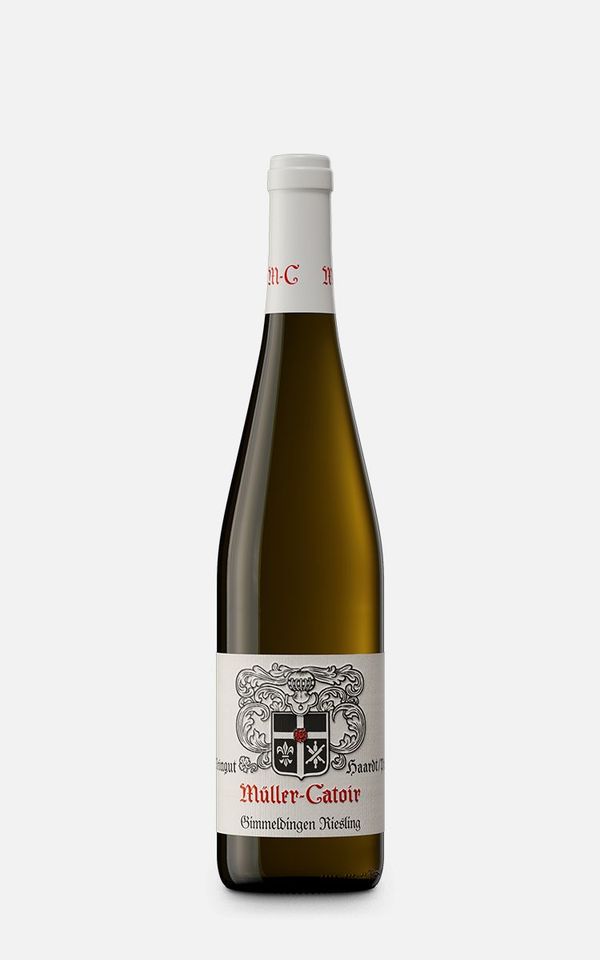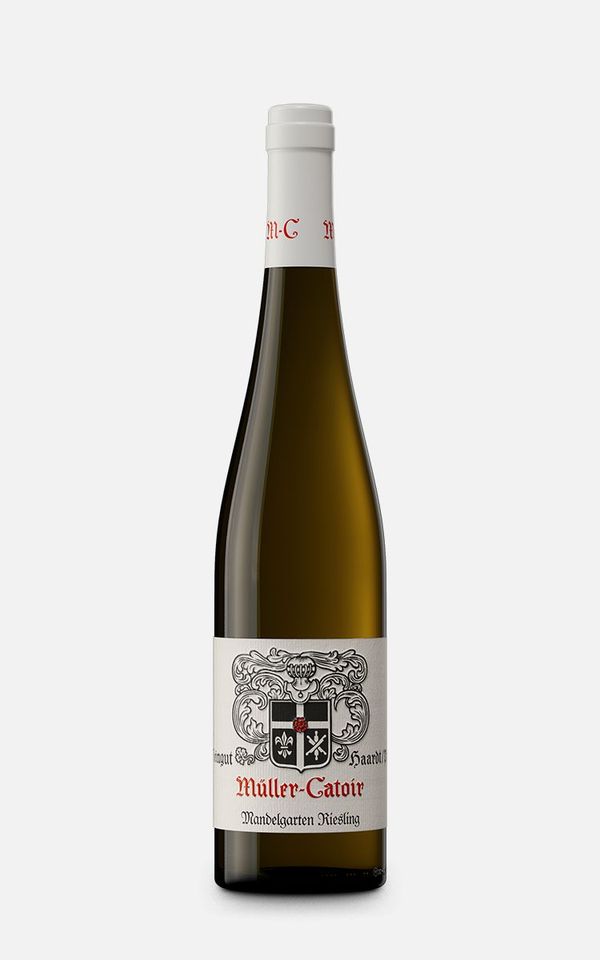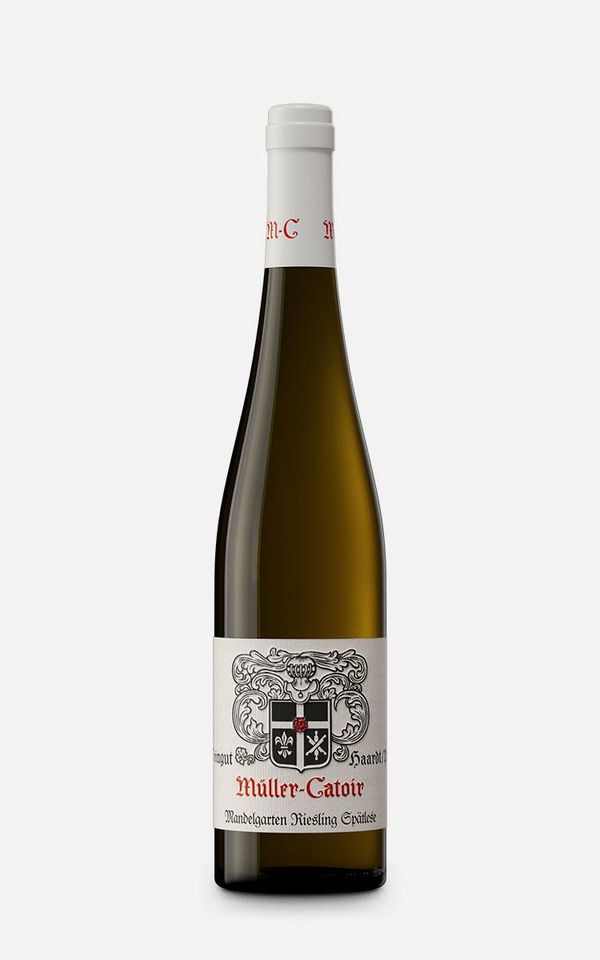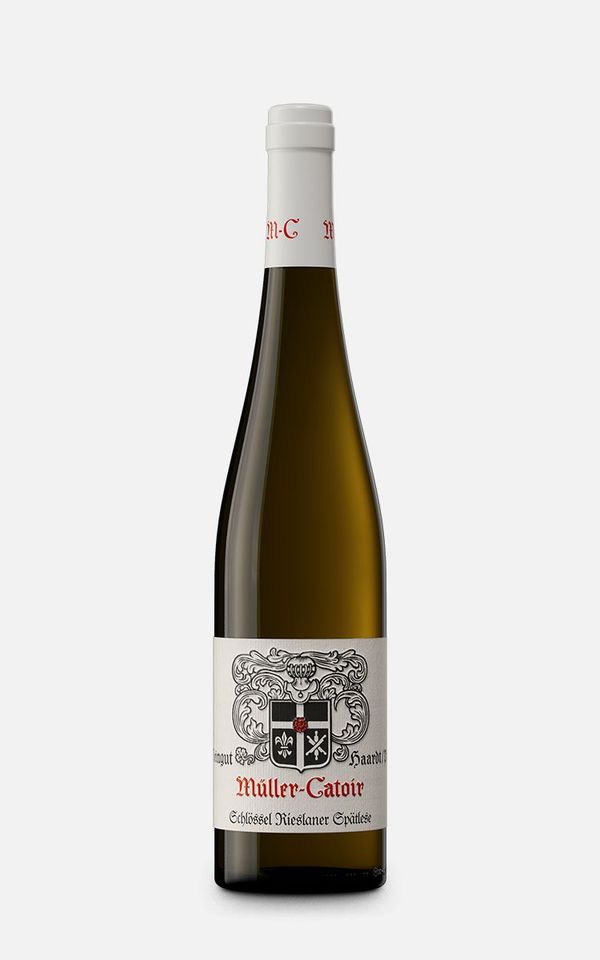The soil
Löss
Loess characterizes the soil and subsoil of the “Almondgarten” vineyard. At a depth of two to three meters, loess borders on a water-impermeable clay layer. The light yellow to ocher-colored wind deposit loess consists of dust-fine, angular rock grains. The vast majority are quartz and lime particles, as well as clay minerals, feldspar and mica. The particle size is in the range of thousandths of a millimeter. Varying amounts of fine sand are mixed in. Iron hydroxide gives the sediment its light yellow color. In addition to the extremely small grain size, loess is characterized by its porous structure. The pore volume is up to 40 percent. During weathering, lime is dissolved and precipitated in deeper loess horizons in the form of secondarily formed lime concretions. Clay minerals are newly formed. Loess becomes loess clay.
- Data and facts
- Emergence: The loess of the Almond Orchard formed 300,000 to 12,000 years ago in the final phase of the Ice Age (Pleistocene 2.6 million to 12,000 years before today). Cold periods lasting 100,000 years alternated with significantly shorter warm periods. The Alps and the foothills of the Alps lay under a blanket of ice almost a thousand meters thick. During warm periods the glaciers melted back. In the highly branched river system of the Rhine, large masses of water then rolled northwards. The rock material carried along was deposited in gravel plains. Rock powder created by glacial abrasion mixed with the gravel and sand. During cold times, the dust-fine particles were blown out of the vegetation-free gravel plains. The mealy mineral dust was deposited in wind-calmed areas. The fine sand content of the “Ice Age dust” suggests that the dry meanders of the Rhine were the delivery area. Over the formation period of three hundred thousand years, the supply of gravel containing rock powder never dried up.
- Era: Pleistocene
- Age of origin: 300,000 to 12,000 years before today
- Composition: Loess weathers quickly and forms a fine-grained, well-rooted, sufficiently aerated soil. The large surface area of the dust-fine quartz, lime and feldspar grains releases a rich and at the same time balanced spectrum of minerals when weathered. Both carbonates (lime) and silicates (quartz, feldspar, mica and clay) characterize the extremely nutrient-rich loess soil. At the same time, large amounts of water are easily accessible to the vines at any time in the fine pore space. In the subsoil, the water-impermeable layer inhibits the drainage of excess seepage water. Even in the driest of times, water is never in short supply.
- Vineyards: Gimmeldingen, Mandelgarten, Schlössel




